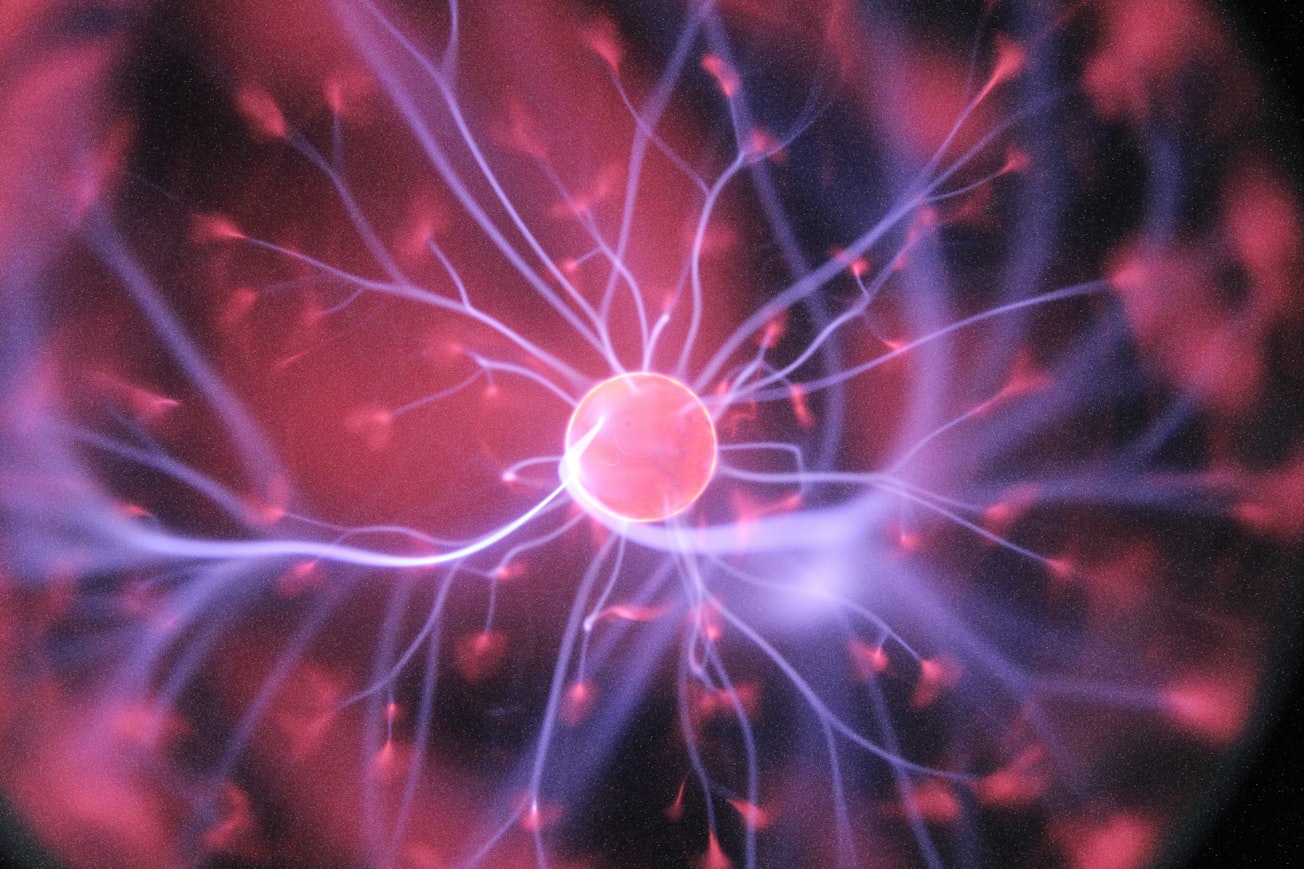What is it about?
Manganese-based nanomaterials are important for various applications, like catalysis, sensing, charge storage. Manganese fluorides, for example, would be excellent anodes for rechargeable lithium batteries. Unfortunately, it is still very difficult to produce these materials with precise composition and structure, as required by most applications. Plasma Assisted-Chemical Vapor Deposition (PA-CVD) could be a viable synthetic strategy. In this method, the substrate is exposed to volatile molecular precursors in the presence of plasma - a partially ionized gas, containing free electrons. These energetic electrons can trigger processes that would otherwise be very improbable at normal conditions, such as dissociation of precursor molecules and growth of the material. Hence, plasma facilitates the precursor reactions on the substrate surface, but there are very few manganese precursors suitable for this technique. In the present work, we have designed and synthesized two manganese complexes to be used as precursor molecules for the fabrication of manganese oxides and fluorides via plasma-assisted CVD.
Featured Image

Photo by HalGatewood.com on Unsplash
Why is it important?
We performed a thorough study of the new precursors, using both experimental and computational methods. We revealed the microscopic behavior of their molecular ions and their potential for the target applications. Both compounds, containing diketonate and diamine ligands, are easy to prepare, stable at room conditions and very volatile. Their decomposition reactions involve the initial loss of either the diamine or the diketonate ligand. Preliminar deposition experiments were successful, paving the way to the application of these precursors in PA-CVD processes. Interestingly, the composition of the nanomaterials can be changed from Mn fluorides to oxides simply by adding oxygen to the transport gas.
Perspectives
The fabricated manganese nanosystems have well-defined composition and manganese oxidation state. These results are promising in view of various applications, for example, for photocatalytic decomposition of various pollutants, hydrogen production and gas sensing of toxic substances. Personally, what I find most interesting about this work is that by using Ar or Ar-oxygen plasmas, the precursor is converted into manganese fluorides or oxides, respectively. Disclosing the reactivity of the molecular ions by molecular dynamics simulations was another fascinating aspect of this work. The use of the new precursors in future deposition experiments could lead to manganese oxide and fluoride nanomaterials with precise composition and doping level, which might be useful for many applications.
Gloria Tabacchi
university of insubria
Read the Original
This page is a summary of: Manganese(II) Molecular Sources for Plasma-Assisted CVD of Mn Oxides and Fluorides: From Precursors to Growth Process, The Journal of Physical Chemistry C, January 2018, American Chemical Society (ACS),
DOI: 10.1021/acs.jpcc.7b10277.
You can read the full text:
Resources
Movies of the complexes and molecular ions
Six short movies can be found at this link. They were obtained by first-principles molecular dynamics simulations of the two manganese complexes and their gas-phase molecular ions formed by plasma activation.
Supporting data
NMR characterization and computational results on the two manganese precursors
Contributors
The following have contributed to this page







